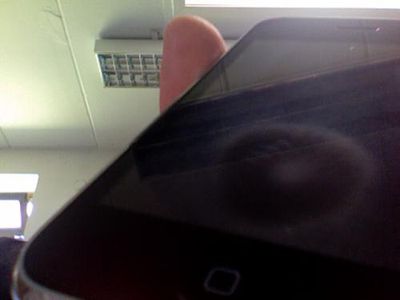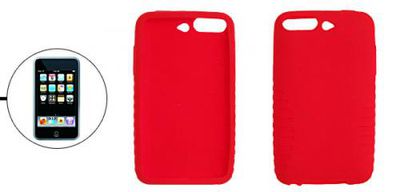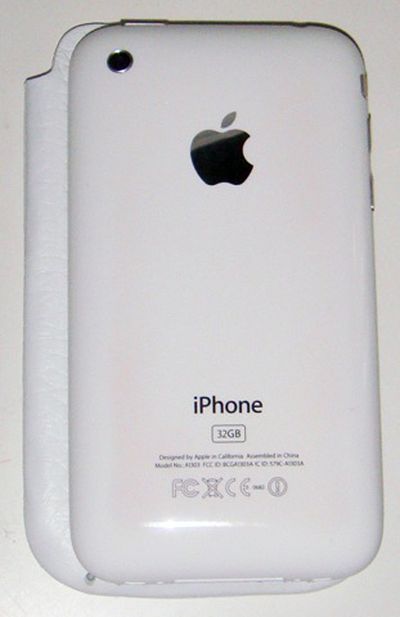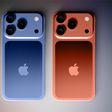Macworld recently talked with TomTom Vice President of Market Development Tom Murray, who revealed some additional details about the forthcoming TomTom for iPhone offerings. While the release date and pricing remain unknown (although the company is leaning towards a fixed price rather than a subscription model), Murray was able to talk a bit about the combination hardware-software solution and how the iPhone version will differ from traditional standalone GPS devices.
Hardware: TomTom will be offering a Car Kit for the iPhone, integrating a car mount, enhanced GPS receiver, built-in speaker, and power cables. The kit also includes an audio output jack, as well as a microphone to enable use of the iPhone as a Bluetooth speakerphone.
For starters, the Car Kit includes a separate GPS receiver that performs better than the one built into the iPhone; Murray said this receiver is closer to what you'd find in a dedicated GPS unit. The TomTom app uses this receiver when your iPhone is docked in the Car Kit, allowing for improved real-time navigation, especially in cities with large buildings or in locations with lots of trees or other natural obstacles. The Car Kit also includes a built-in speaker that provides better audio quality and considerably louder output, making it easier to hear spoken directions.
Software: Much of the functionality in the software will be similar to existing GPS devices from TomTom, offering a similar interface and TomTom's IQ Routes feature, although Murray couldn't address whether Map Share, which allows users to submit corrections to TomTom, would be available.
Mapping and navigation will apparently work much as they do on the company's standalone units, with a similar interface, most of the same core features, and similar voice-guided navigation. The app will include TomTom's IQ Routes feature, which takes advantage of other TomTom GPS owners' driving experiences to determine the actual speeds driven on particular routes at particular times of day. Murray said the "trillions of bits of data" lets IQ Routes provide accurate information about historical drive-speed norms, generating more accurate drive times and letting the software choose the actual fastest route, which may not be the same as the shortest route.
Beyond the traditional TomTom software features, the iPhone version will be able to take advantage of Multi-Touch gestures for interface navigation and zooming, and will also support both portrait and landscape modes.
While the iPhone presents some challenges in the GPS navigation arena, including a relatively small screen size and lack of support for background processes while requiring the iPhone to still function as a phone, TomTom appears to have embraced these challenges and developed some innovative solutions for release later this summer.




















